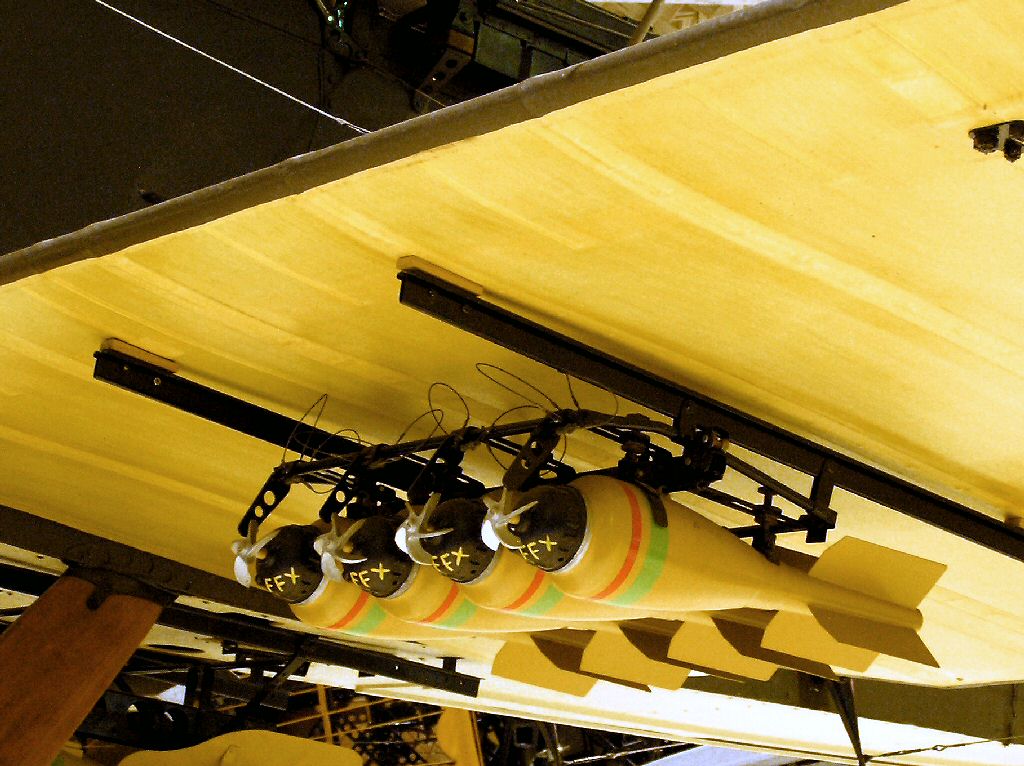|
|
|
How to download the photographic
computer wallpaper www.MooreWallpaper.com Tell your friends about us, e-mail them! |
|
Royal Flying Corps 1918 De Havilland DH9A WW1 and Inter-World War Colonial Medium Bomber Biplane This World War One DH9A Biplane Medium Bomber was developed by De
Havilland and entered service with the Royal Flying Corps RFC in 1918. It
saw limited service during the end of World War One but became the backbone
of the RAF post world war one colonial bombing force. It was known as the 'Ninak'.
By the end of 1918 900 had been built. In Russia the DH9A was produced under
license for the Red Air Force. After the war the De Havilland DH9A medium bomber was used extensively in Iraq and the
North West Frontier of India in an aerial policing role. Its ability to
cover great distances reduced the need for a large number of ground troops.
As the DH9A operated over hostile territory the DH9A's carried spare wheels,
emergency rations, water and bedding.
De Havilland The
post war success of De Havillands DH9A medium bomber followed by the famous
Gypsy Moth and later the world famous DH82 Tiger Moth meant that the company got
off to a successful start. De Havilland made a number of Civilian transport
aircraft and racing machines like the Comet. One notable triumph was the four
engined long range elegant Albatross airliner that was made of wood with a
stressed skin construction. During the second world war the De Havilland
produced that legend of an aircraft the twin engined Mosquito fighter pathfinder
bomber. The last wartime design was the twin boom jet engined De Havilland
Vampire. After the war De Havilland resumed production of passenger airliners
like the Dove and the De Havilland Comet. In 1952 the later was the first ever
fare paying jet engined passenger plane to enter service. The De Havilland
Company was absorbed by the Hawker Siddeley Group in 1960. In 1977 Hawker
Siddeley Ltd was nationalized and became part of British Aerospace (BAE) group.
Sir Geoffrey de Havilland carried on working for the company until his death at
the age of 82. A brilliant man. |
www.MooreWallpaper.com Add our site to your 'Favorites' list now!
![]()
![]() (Website
design by Craig
Moore, London, England)
(Website
design by Craig
Moore, London, England)
